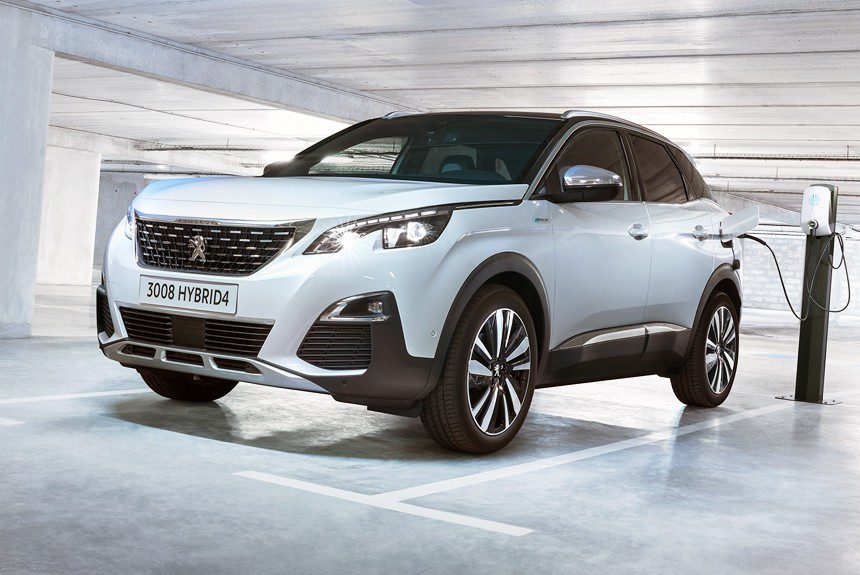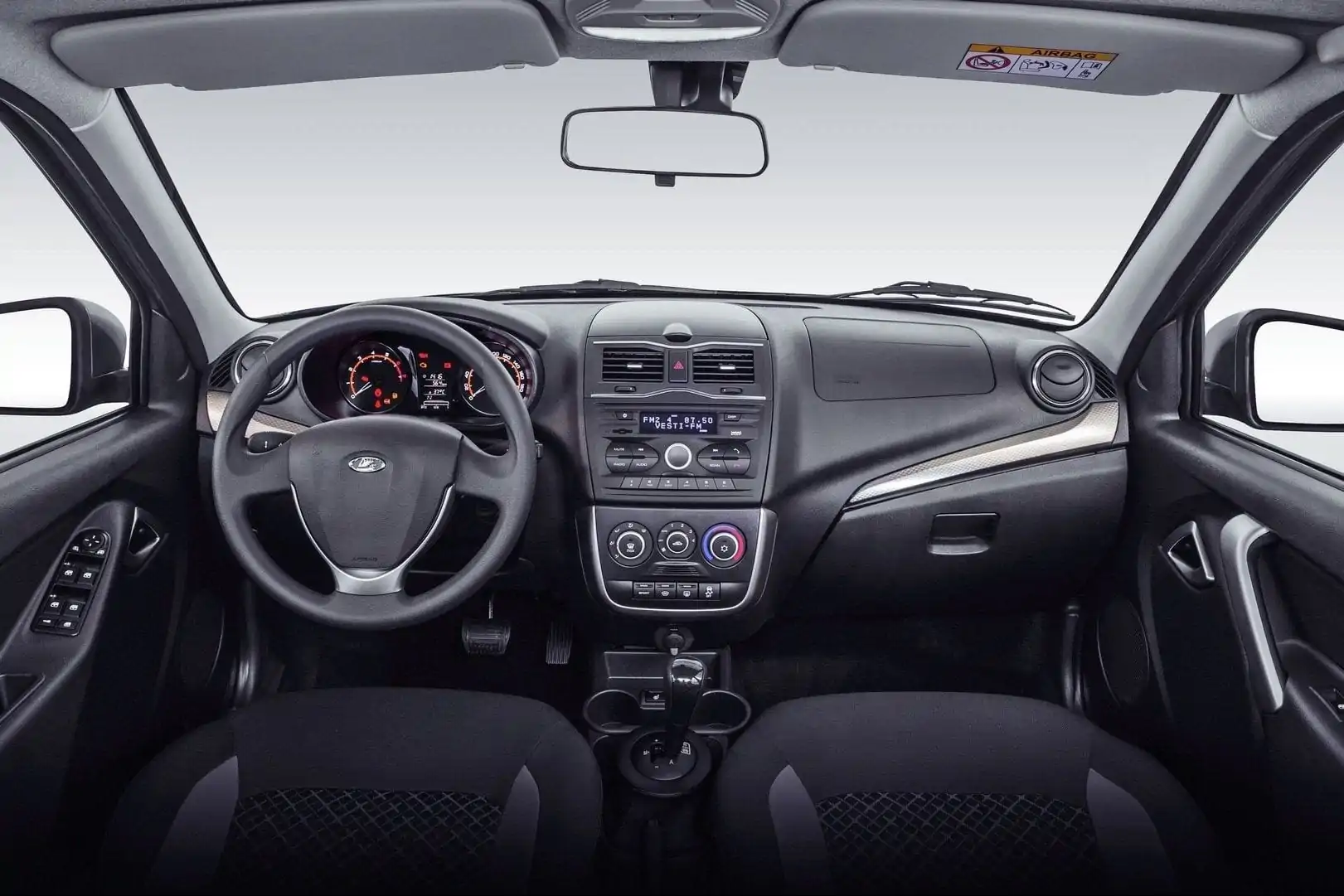
Test drive Peugeot 3008 HYbrid4
And inside - 3008. Now everything is clear and officially confirmed: the PSA concern, which has been “disturbing” competitors for several years with an unusual solution for diesel hybrids, will produce and sell real hybrids.
In practice, it looks like this: the front remains familiar combustion engine technology (between the lines: when you ask them directly and look them in the eye, they do not deny the possibility of a gasoline engine), and this drive will be connected at the rear with an electric motor. That is: a derivative of oil will drive the front wheels, and electricity will drive the rear.
This classification of technology makes it relatively easy to implement a true hybrid. This means that the car can only be driven by the combustion engine, only by the electric motor, or both at the same time. This will be the case with Peugeot (and a little later with Citroëns), but at first it really looks like an HDi hybrid.
It all started with the Prologue HYbrid4 prototype at last year's Paris Motor Show. Prologue first brought a new Peugeot model (3008), now it still wears the final drivetrain or hybrid scheme. But in this case there is no sheep in the sheepskin; it does boast low standard fuel consumption and low carbon emissions, but from a performance standpoint, this is not at all what we mean by the term "hybrid car".
If you add up the capacities of both power plants, you get the number 200 (in "horses") or 147 in kilowatts. Quite a lot, especially for a car of this size class.
This hybrid has 20 months of development ahead of it (which includes not only refining the car's technology, but also pre-production and approval with suppliers), so Paris is still pretty stingy on technology, but we know that the classic 3008 with such an HDi engine weighs well one and a half tons. If we estimate by more than an inch, the hybrid will be about 200 kilograms heavier, and a ton and three quarters shouldn't be a big hurdle for a 200-horsepower.
In the first short test, the theory just developed was confirmed - this HYbrid4 moves very dynamically: fast from a standstill, but also fast in higher gears, testing the flexibility of the drive. PSA chose to place a robotic six-speed transmission between the HDi engine and the front wheels, which is not a harbinger of the future, but is a reliable partner to this drive and serves the overall purpose of the car well.
The HDi, already mentioned many times, is a well-known but two-liter turbodiesel with 16-valve technology in the heads, capable of developing 120 kilowatts of power, brought to the next generation of refinements and enhancements. The rest are driven to 147 by a permanent magnet synchronous electric motor, which is housed under the trunk above the rear axle.
Electricity for it is accumulated (as everything shows, at the moment the only intelligent technical solution) from NiMH batteries installed next to the electric motor. The pile also contains all the necessary control and operating electronics. The good side of such a technical solution and implementation is that they can easily prepare this configuration for any production model, which, obviously, they intend to do in the not too near future. Again, of course, it depends on what methods will be used in world politics.
The Peugeot 3008 HYbrid4, like all subsequent ones, will be all-wheel-drive hybrids: not only for improved fuel consumption and cleanliness, but also for greater driving dynamics, greater safety and better cornering position.
Depending on how the drive is configured and how the drive is controlled, the driver will be able to select one of four driving modes: automatic (for best results in terms of fuel consumption, traction and safety), ZEV, Zero Emission. Car, i.e. exclusively electric drive for complete cleanliness), 4WD (more pronounced interaction of both drives) and sports - with faster gear changes and shifting at higher engine speeds.
The current driving mode will show a center seven-inch display (similar to the one we're used to with Toyota hybrids), and similar data will also be available between the larger gauges and on the left gauge, which will replace the tachometer.
For the latter, which you can also see in the photo, the final form has not yet been completed. One of the (best) drive features of the HYbrid4 is also the inclusion of rear (electric) drive during shifting (transmission next to the HDi engine), which makes the shifting feel less noticeable and smoother.
While the 3008 is equipped with a 163-liter HDi, automatic transmission and 6-horsepower two-wheel drive and consumes a standard 7 liters of fuel per 100 kilometers, the HYbrid4 version increases the same power of the turbo diesel with the power of the electric motor and changes. for four-wheel drive. At the same time, the consumption is reduced to 4 standard liters per XNUMX km of track.
This sounds promising, and since it is highly likely that Peugeot (or PSA) will not be the only one offering hybrids in the near future, we can look forward to more dynamic yet more fuel efficient vehicles. And not in decimal fractions! If so, it is worth looking into this future with optimism.
Model: Peugeot 3008 HYbrid4
engine: 4-cylinder, in-line, turbodiesel, front common rail; synchronous electric motor at the back;
offset (cm?): 1.997
maximum power (kW / hp at 1 / min): 120 (163) at 3.750; 27 (37) at no data *;
maximum torque (Nm at 1 / min): 340 at 2.000; 200 Nm at no data *;
gearbox, drive: RR6, 4WD
front to: individual hangers, spring supports, triangular crossbeams, stabilizer
last by: semi-rigid axle, coil springs, telescopic shock absorbers, stabilizer
wheelbase (mm): 2.613
length × width × height (mm): × 4.365 1.837 1.639
trunk (l): no information
Curb weight (kg): no information
maximum speed (km / h): no information
acceleration 0-100 km / h (s): no information
Combined ECE fuel consumption (l / 100 km): 4, 1
Vinko Kernc, photo: Vinko Kernc

